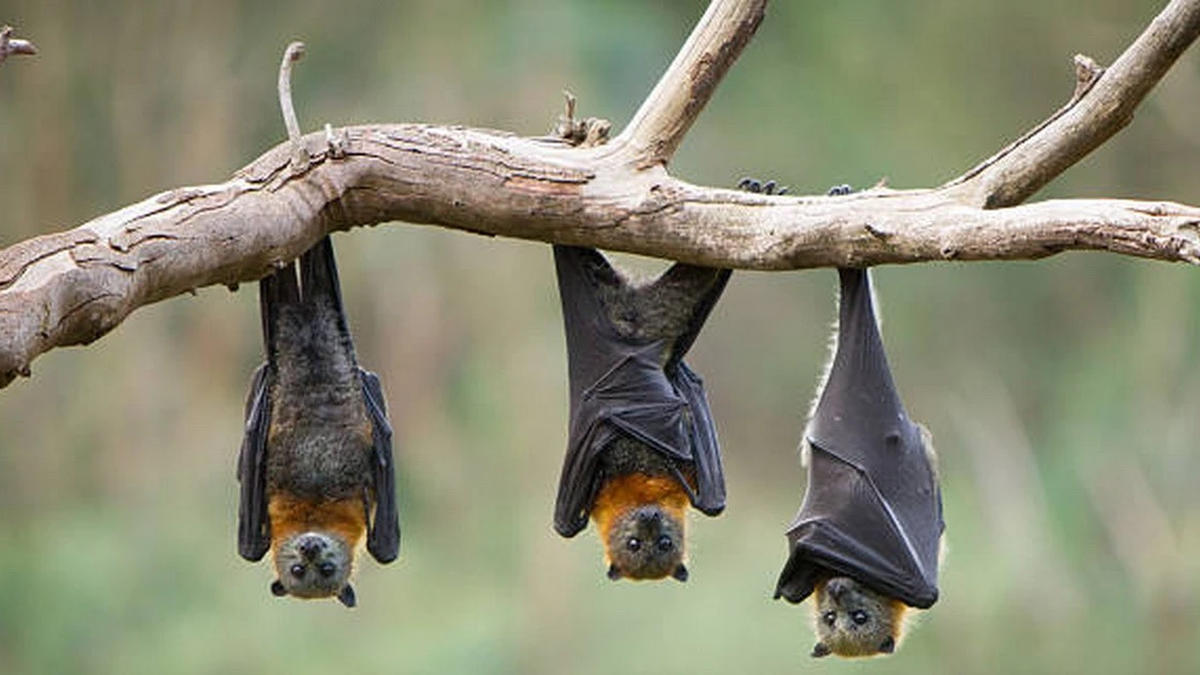Astronomers simulated 24 planets orbiting the same path like pearls on a necklace.

The number of planets sharing the same orbit around the host star could be up to 24. Photo: BBC
Earth and seven other planets orbit the Sun together in our solar system, but they all move in their own orbits. However, other star systems may have two, three, or even 24 planets chasing each other in the same orbit around their host star, Popular Science reported on May 3 .
Computer simulations by an international team of astronomers illustrate how more than two dozen planets could share the same orbit in research published in the journal Monthly Notices of the Royal Astronomical Society. This configuration could be stable for billions of years, even longer than the star they orbit, according to lead author Sean Raymond of the Bordeaux Astrophysics Laboratory.
There are several examples of small bodies co-orbiting. The Solar System has several unusual orbits, called horseshoe or tadpole orbits, depending on their shape. The Trojan asteroids share a tadpole orbit with Jupiter, at points ahead and behind the gas giant. Saturn’s two moons, Janus and Epimethus, orbit the planet in horseshoe-shaped orbits and periodically swap places. Scientists have speculated that exoplanets might co-orbit.
Raymond and his colleagues’ simulations also revealed that planets in similar orbits have signatures that astronomers on Earth can observe. The Kepler space telescope and other observatories can detect transit time variations (TTVs), in which the gravitational pull between nearby planets changes slightly as a planet passes in front of its host star. TTVs from a system of 24 Earth-sized planets sharing the same orbit would be large enough for astronomers to observe. But it would take months to years of monitoring to detect the effect, said Rob Zellem, an astronomer at NASA’s Jet Propulsion Laboratory.
An Khang (According to Popular Science )
Source link




























![[Photo] National Assembly Chairman Tran Thanh Man visits Vietnamese Heroic Mother Ta Thi Tran](https://vphoto.vietnam.vn/thumb/1200x675/vietnam/resource/IMAGE/2025/7/20/765c0bd057dd44ad83ab89fe0255b783)









































































Comment (0)